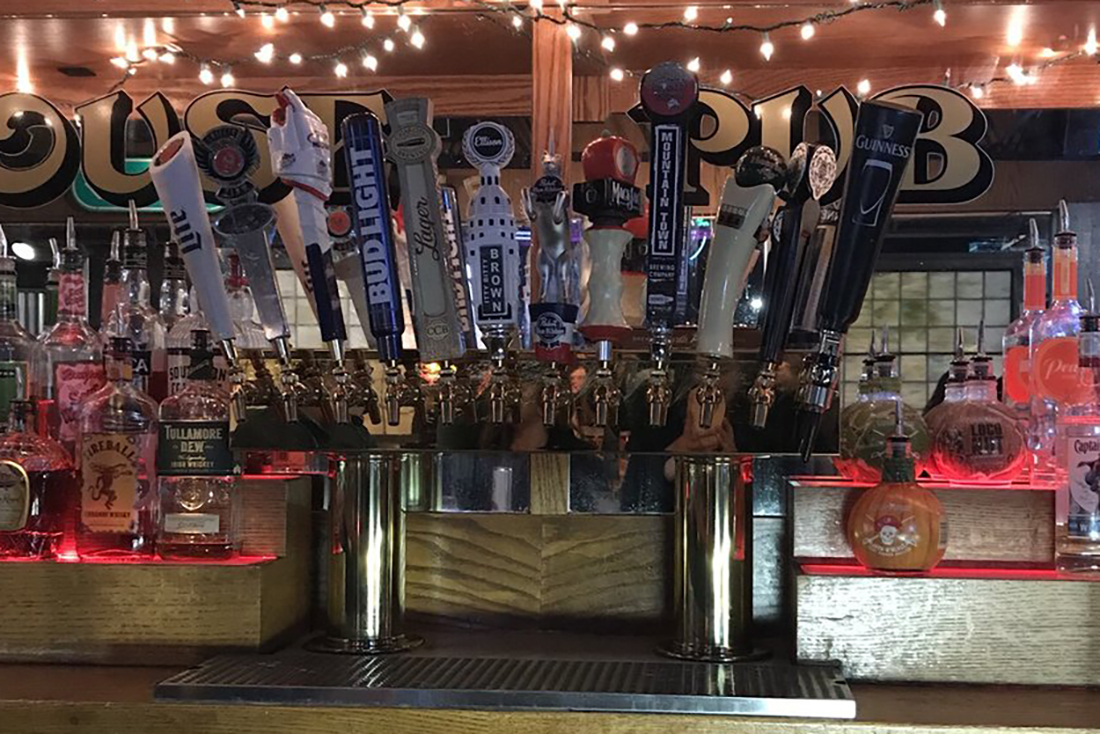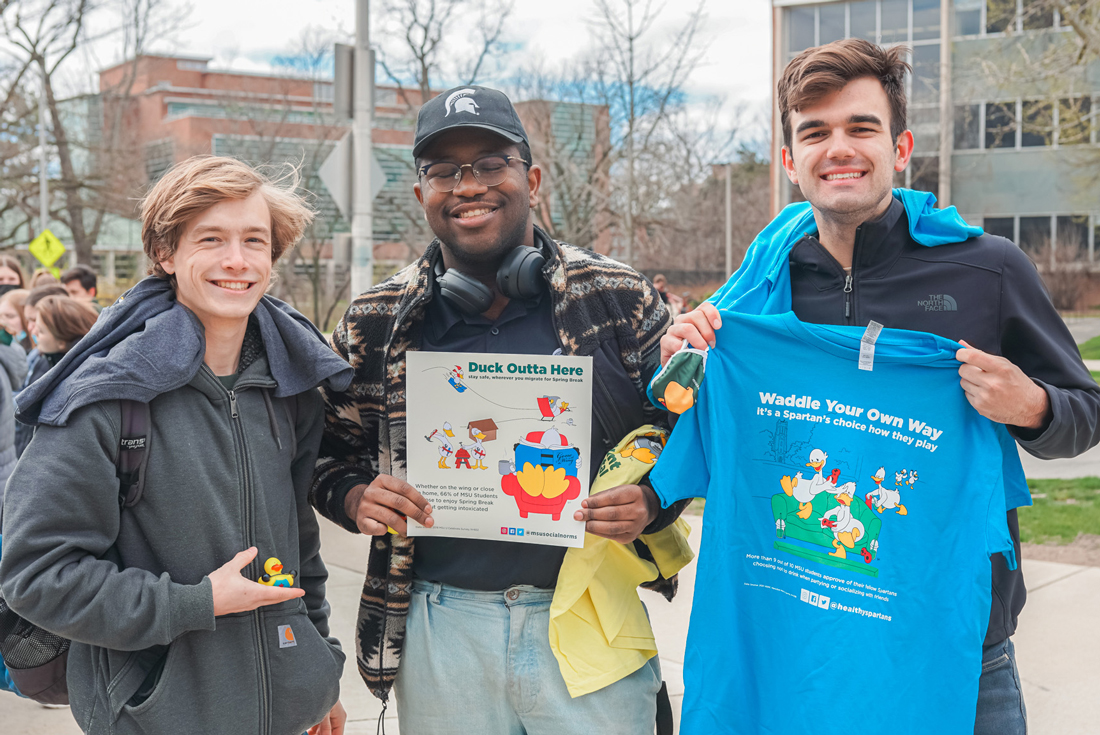College students are not the only population making the news for alcohol use. A new report by the Centers for Disease Control and Prevention found that nearly 1 in 3 adults in the U.S. drinks excessively (see definitions below). In contrast, around 1 in 30 adults meets the diagnostic criteria for alcohol dependence.
Let’s put these figures into a social norms perspective. Two out of three adults do not drink excessively, and 9 out of 10 excessive drinkers do not meet the criteria for alcohol dependence. Even though binge drinking remains a problem in adulthood, most adults handle alcohol reasonably.
This is not to deny the reality that excessive drinking causes huge problems for our society, whether or not it involves alcohol dependence. It is responsible for 88,000 deaths annually in the US, from factors ranging from car crashes and acute alcohol poisoning to cancer and liver disease. It is also associated with significant economic costs, such as lost worker productivity, and can lead to or exacerbate problems in families and social networks.
The report asserts that recognizing the difference between excessive drinking and alcohol dependence is important, because interventions to treat these problems may have important differences. Those who drink excessively, but are not alcohol dependent, may be helped to reduce their alcohol consumption to safe levels through interventions such as increasing prices, limiting alcohol availability, and a variety of counseling options by health professionals. Using a social norms approach to correct misperceptions about the prevalence of adults who drink excessively could be a helpful strategy.
Excessive Drinking*: Any of the following behaviors:
- Binge drinking (four or more drinks on an occasion for women, five or more drinks on an occasion for men)
- Weekly alcohol consumption of eight or more drinks in women, 15 or more drinks in men
- Any alcohol use by pregnant women or individuals younger than the legal drinking age of 21 years.
Alcohol Dependence*: A chronic medical condition marked by current or past history including multiple maladaptive patterns such as:
- Excessive drinking
- Strong craving for alcohol
- Continued use despite repeated problems with alcohol
- Inability to control alcohol consumption
*Source: CDC Newsroom, Most people who drink excessively are not alcohol dependent
Graphic: Courtesy of CDC, http://www.cdc.gov/media/pdf/releases/2014/p1120-exessive-driniking.pdf






